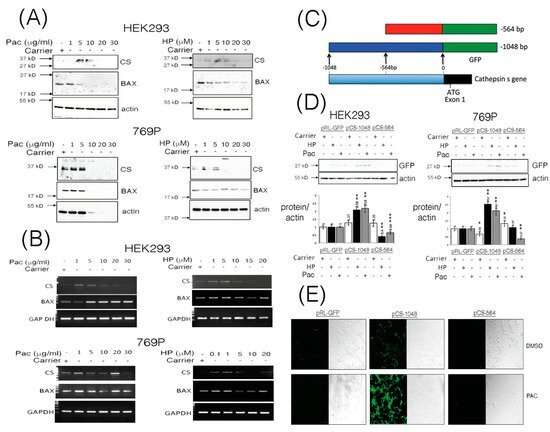Innovative technique developed to destroy cancerous kidney cells

An innovative new technique that encourages cancer cells in the kidneys to self-destruct could revolutionize the treatment of the disease, a new study in the journal Pharmaceutics reports.
During this unique study, researchers from the University of Surrey and Sechenov First Moscow State Medical Universityin Russia investigatedwhethercertain naturally occurring proteins within the body can be usedto treatcancer.
Focusing oncathepsin S, a member of thelysosomal cathepsin proteinsthatare known toaffect cancer progression, and p21 BAX, a protein that canstimulatecell destruction,researchersfound thatbothcan be deployed simultaneously to fight cancer cells ina two-pronged 'attack." They act firstly by stopping themechanism that makes certain treatments of the disease ineffective, and secondly by effectively encouraging cancerous cells to self-destruct.
This revolutionary approachtargetstwo converging regulatory pathways thatcan sometimesbe resistant to chemotherapy, and has led to the development of a potential ground-breaking therapy using a novel peptide, CS-PEP1. Researchers found that this peptide inhibits both cathepsin S and its ability to break down the p21 BAX protein, resulting in the accumulation of p21 BAX, which encourages the death of cancer cells in the kidneys. Thetwin-track effect of thispeptide can also override the molecular resistance often found during conventional chemotherapy treatment and offers a novel and effective approach in treating cancer.
An increased focus on therapeutic cancer treatmentshas signaled a move away from traditional methods such as chemotherapy and radiotherapy, as therapeutic treatments have been found to cause less harm to normal cells andfewer side effectsfor patients.
Professor Paul Townsend, principal investigator, pro-vice-chancellor, and executive dean of the Faculty of Health and Medical Sciences at the University of Surrey, said: "Kidney cancer is a very difficult type of cancer to cure; there is an increased need to think innovatively to develop new techniques. We have now discovered that proteins already in the body can be manipulated to encourage cancerous cells to die. This is an extraordinary breakthrough and insight, and can be used to potentially inform the treatment of other types of aggressive cancers, such as cancers of the breast and prostate."
More information: Surinder M. Soond et al. Cathepsin S Cleaves BAX as a Novel and Therapeutically Important Regulatory Mechanism for Apoptosis, Pharmaceutics (2021). DOI: 10.3390/pharmaceutics13030339



















